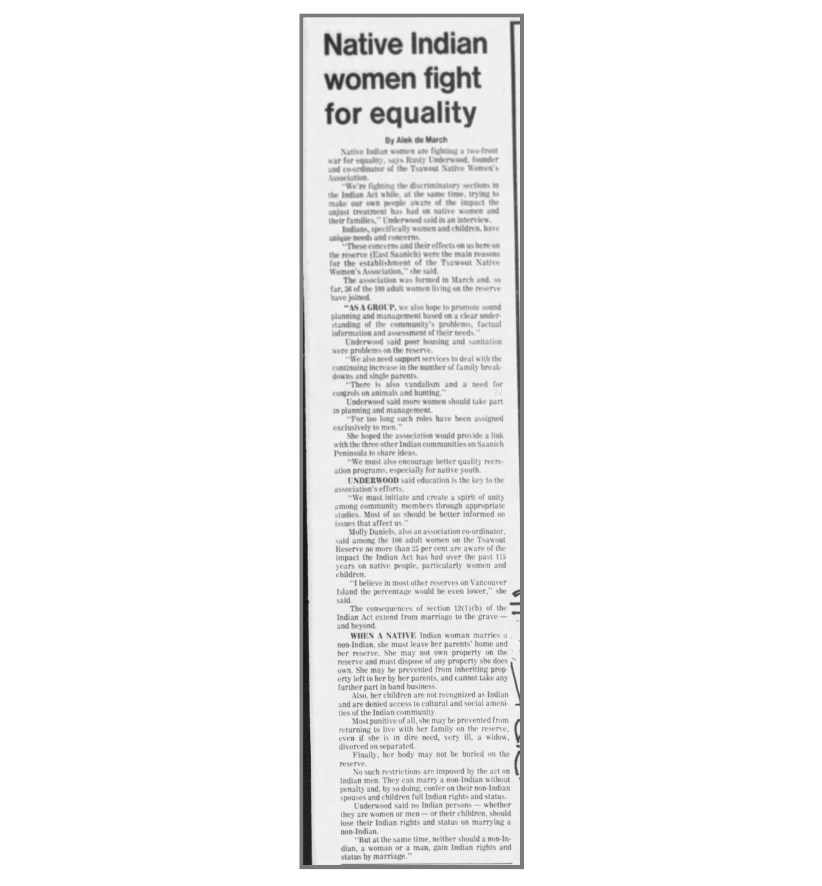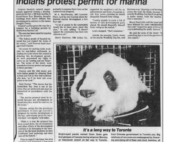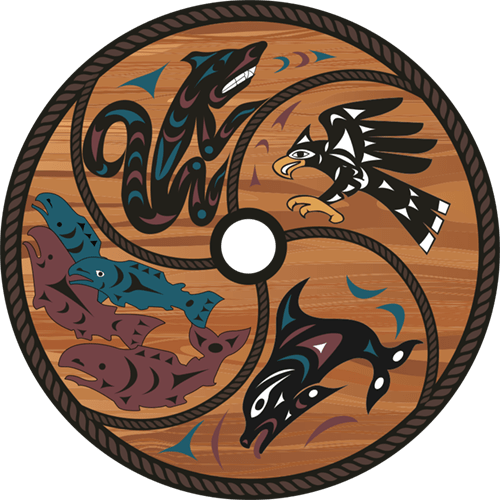
Times Colonist: Aug 5, 1984
Native Indian women fight for equality
By Alek de March
Native Indian women are fighting a two-front war for equality, says Rusty Underwood, founder and co-ordinator of the Tsawout Native Women’s Association.
“We are fighting the discriminatory sections in the Indian Act while, at the same time, trying to make our own people aware of the impact the unjust treatment has had on native women and their families,” Underwood said in an interview.
Indians, specifically women and children, have unique needs and concerns.
“These concerns and their effects on us here on the reserve (East Saanich) were the main reasons for the establishment of the Tsawout Native Women’s Association,” she said.
The association was formed in March and, so far, 36 of the 100 adult women living on the reserve have joined.
“AS A GROUP, we also hope to promote sound planning and management based on a clear understanding of the community’s problems, factual information and assessment of their needs.”
Underwood said poor housing and sanitation were problems on the reserve.
“We also need support services to deal with the continuing increase in the number of family breakdowns and single parents.”
“There is also vandalism and a need for controls on animals and hunting.”
Underwood said more women should take part in planning and management.
“For too long such roles have been assigned exclusively to men.”
She hoped the association would provide a link with the three other Indian communities on Saanich Peninsula to share ideas.
“We must also encourage better quality recreation programs, especially for native youth.”
UNDERWOOD said education is the key to the association’s efforts.
“We must initiate and create a spirit of unity among community members through appropriate studies. Most of us should be better informed on issues that affect us.”
Molly Daniels, also an association co-ordinator, said among the 100 adult women on the Tsawout Reserve no more than 25 per cent are aware of the impact the Indian Act has had over the past 115 years on native people, particularly women and children.
“I believe in most other reserves on Vancouver Island the percentage would be even lower,” she said.
The consequences of Section 12 (1)(b) of the Indian Act extend from marriage to the grave – and beyond.
WHEN A NATIVE Indian woman marries a non-Indian, she must leave her parents’ home and her reserve. She may not own property on the reserve and must dispose of any property she does own. She may be prevented from inheriting property left to her by her parents, and cannot take any further part in band business.
Also, her children are not recognized as Indian and are denied access to cultural and social amenities of the Indian community.
Most punitive of all, she may be prevented from returning to live with her family on the reserve, even if she is in dire need, very ill, a widow, divorced or separated.
Finally, her body may not be buried on the reserve.
No such restrictions are imposed by the Act on Indian men. They can marry a non-Indian without penalty and, by so doing, confer on their non-Indian spouses and children full Indian rights and status.
Underwood said no Indian persons –whether they are women or men– or their children, should lose their Indian rights and status on marrying a non-Indian.
“But at the same time, neither should a non-Indian, a woman or a man, gain Indian rights and status by marriage.”






